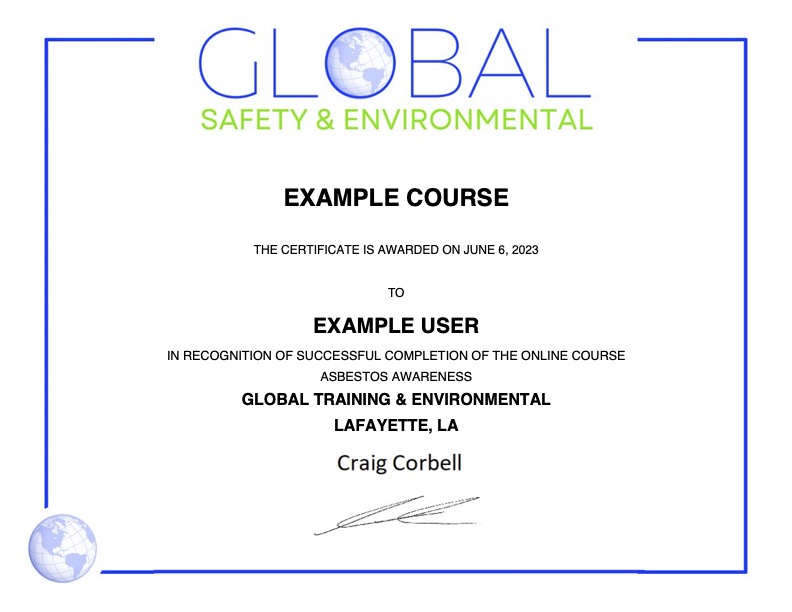Description
Methanol Awareness: Understanding the Hazards
Methanol awareness is paramount in industries where this chemical is used. Methanol, also known as wood alcohol, is a common solvent and fuel that has several industrial applications. However, being informed about methanol hazards and practicing methanol safety is essential to prevent accidents and protect lives.
Before we delve into the importance of methanol awareness and safety, let’s first understand the nature of methanol itself. Methanol is a colorless, flammable liquid with a slightly sweet odor. It is highly volatile and can be found in various products, including windshield washer fluid, antifreeze, and some cleaning agents. In industrial settings, it is used in processes like biodiesel production, chemical manufacturing, and as a fuel additive.
Methanol Hazards: Know the Risks
Despite its widespread use, methanol is associated with several hazards that make it a potentially dangerous substance. The primary concern is its toxicity when ingested, inhaled, or absorbed through the skin. Methanol poisoning can lead to symptoms such as headache, dizziness, nausea, and in severe cases, it can cause blindness, organ failure, and even death.
Moreover, methanol is highly flammable, posing a fire hazard in both liquid and vapor forms. The flashpoint of methanol is relatively low, which means it can ignite easily when exposed to an open flame or spark. This makes proper storage and handling crucial to prevent accidents.
Methanol Safety: Best Practices
Maintaining methanol safety is non-negotiable in industries that utilize this chemical. Here are some essential safety measures:
1. Proper Ventilation: Ensure that areas where methanol is stored or used are well-ventilated to disperse potentially harmful vapors.
2. Personal Protective Equipment (PPE): Workers should wear appropriate PPE, including safety glasses, gloves, and clothing that provides full coverage, to minimize skin contact and protect against splashes.
3. Fire Safety: Install fire detection and suppression systems in areas with methanol storage. Train employees in fire response procedures.
4. Emergency Response: Have a well-defined emergency response plan in case of spills, leaks, or exposure incidents. Employees should be trained in first aid for methanol exposure.
5. Storage and Labeling: Store methanol in approved containers and label them clearly to prevent confusion with other substances. Store it away from incompatible materials.
Methanol awareness and safety training are vital components of any workplace where methanol is used. Our comprehensive course on methanol awareness covers all aspects of handling and managing methanol safely. Enroll today and equip yourself or your employees with the knowledge and skills needed to work safely with methanol.





